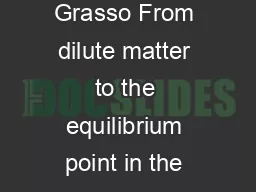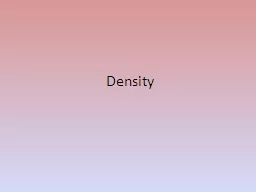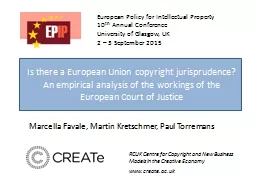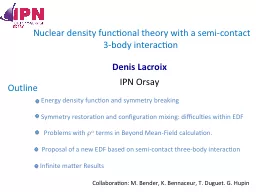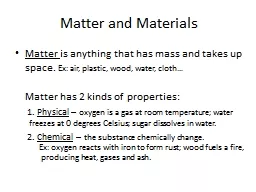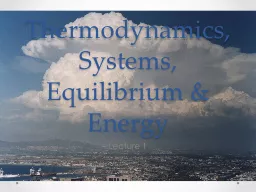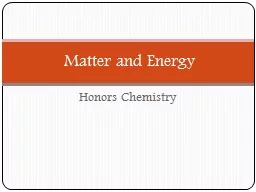PPT-Marcella Grasso From dilute matter to the equilibrium point in the energy-density-functional
Author : crunchingsubway | Published Date : 2020-11-06
Nuclear Structure and Reactions Building Together for the Future 9 October 2017 GANIL Present c ollaborators along this research line ENSAR2 JRA TheoS
Presentation Embed Code
Download Presentation
Download Presentation The PPT/PDF document "Marcella Grasso From dilute matter to t..." is the property of its rightful owner. Permission is granted to download and print the materials on this website for personal, non-commercial use only, and to display it on your personal computer provided you do not modify the materials and that you retain all copyright notices contained in the materials. By downloading content from our website, you accept the terms of this agreement.
Marcella Grasso From dilute matter to the equilibrium point in the energy-density-functional: Transcript
Download Rules Of Document
"Marcella Grasso From dilute matter to the equilibrium point in the energy-density-functional"The content belongs to its owner. You may download and print it for personal use, without modification, and keep all copyright notices. By downloading, you agree to these terms.
Related Documents

